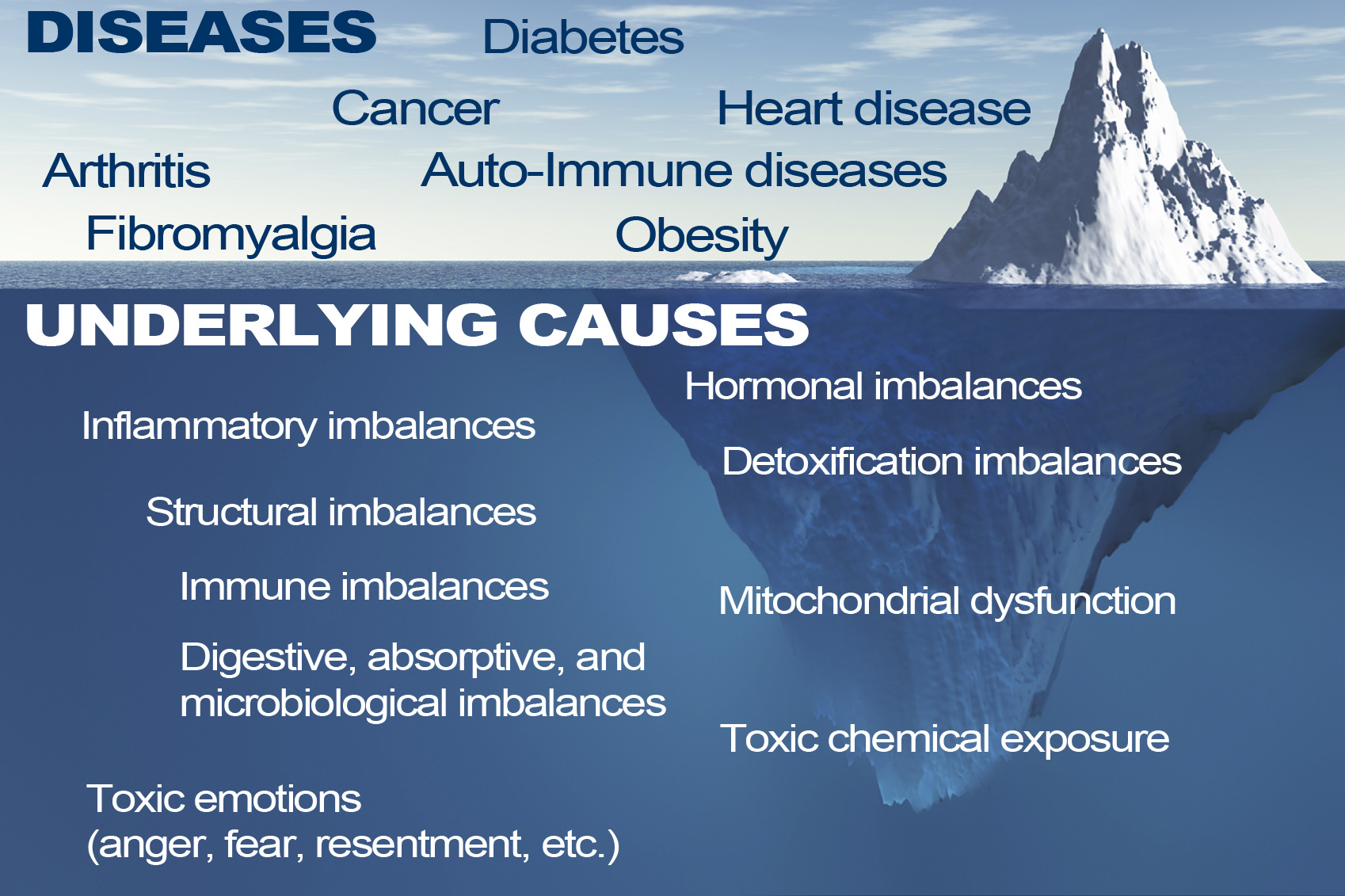Thermography 101
Despite decades of pink ribbons and races for cures, breast cancer continues to remain the most common cancer among women, as well as the second leading cause of cancer death among women. Women have been drilled with the slogan, “early detection is your best protection,” compelling them to get annual mammograms, while continuing to fear the possibility of being victimized by this diagnosis. While early detection can certainly pave the way for early treatment and improved prognoses, a growing number of women are expressing concerns regarding the radiological exposure inherent to mammography.
The recommendation for routine mammograms (whose specific guidelines seem to change every now and again) translates into considerable exposure to radiation over the course of a woman’s lifetime, a known risk factor for cancer development. Mammograms are also able to detect a noninvasive group of abnormal cells known as ductal carcinoma in situ (DCIS), which may or may not develop into life-threatening forms of cancer. DCIS detection is currently a concern to some who feel that overaggressive practitioners may needlessly diagnose and treat women with DCIS, exposing them to the adverse effects of cancer therapy, without establishing confirmation that the abnormal cells would ever become dangerous. A final concern with mammography is raised among younger women with dense breast tissue who are not adequately assessed using mammograms since this technology cannot distinguish between normal fibroglandular tissue and tumors, which have similar densities, leading to a potentially false-negative result. While early detection is still important for early treatment and most assuredly has saved the lives of many women, it is time for the potential limitations to be addressed and concerns alleviated so we can progress in the battle against breast cancer.
Thermography for breast cancer screening allows women who are cautious about mammograms to pursue an alternative procedure. Thermography uses digital infrared imaging to detect variations in temperature derived from increased circulation and metabolic changes. Growing, cancerous cells require increased nutrients, a driving force behind the process of neoangiogenesis, which accompanies initial tumor growth. Accompanying the new influx of active blood vessels is an increase in lymph and fluid. Together, this process gives rise to localized, increased, surface temperatures, which can be detected by thermography and alert practitioners to the presence of early tumorigenesis. Thermography has a high sensitivity, is noninvasive and non-contact, and uses passive radiation with a noncontrast injection, making it a comfortable choice for many women. By screening for elements that precede tumor development, rather than waiting for the tumor to exist, thermography has been said to be capable of detecting early cancer development 8 to 10 years sooner than mammography.
Although thermography is just now gaining recognition among consumers, studies on the effectiveness of thermography in detecting breast cancer have been underway since the late 1960s. Recent studies show that mammography and thermography have a 95 and 94 percent sensitivity, respectively, making them equally effective options for breast cancer screening. Like mammography, thermography does carry some limitations, which include false positive results and the inability to identify details regarding potential tumor depth and diameter, but work has progressed in the area of depth detection and is continuing to make thermography a suitable alternative to mammography.
Thermography analysis is continually improving in hopes of reaching a sensitivity of 100 percent, paving the way for earlier cancer detection among more women. Patients and practitioners, alike, will agree that early detection is important, but when a growing subset of women are reticent to screen routinely due to numerous concerns about mammography, thermography may be able to reach these women and increase the number of early detections. In an era where breast cancer continues to rapidly destroy women’s lives, all efforts to fight this battle should be worthy of our attention.
For Related Resource Information, please watch:
The Art & Science of Thermography by Dr. Philip Getson
Contact me for additional information and Thermography locations in your area–drp@drprincetta.com 619-231-1778





 for more learning
for more learning